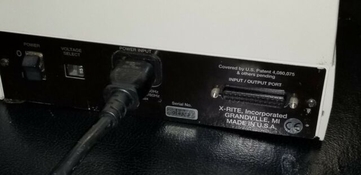You guys have to explain something to me. From the little I understand in this thread, tests you're doing show this film to have a film speed around 80, but my experience with it in the street gave me perfectly workable negatives at 200, developed in XTOL at the recommended time. I know one user's experience is anecdotal, but yet, still begs the question: if the science doesn't match the experience, surely, the science must be wrong, no?
I'll let the scientists get down into the weeds on this, but basically what is being said is that the under-exposure of the film is being heavily compensated for by a large increase in the contrast of that part of the image that does make it to negative.
Basically the logic behind "push" processing.
The compromise of course being truncated shadow detail and truncated highlight detail. But it is certainly possible that the non-truncated detail in the middle is rendered in a way that you find pleasing and totally useful.
Of course, if you start from a negative that doesn't truncate as much, you can probably attain the results that you like from it too - using printing or post-processing controls available to you. And most importantly, if the extra detail is there in the first place, you can choose between using that additional detail, or discarding it, as needs require.
One other point - a "Fred Picker" film speed would almost certainly be one using Zone system methodology, which by definition is 2/3 of a stop less than an ISO speed, due to the differences in methodology.
And that ISO methodology is based on a large number of visual evaluation of un-manipulated prints, rather than a simple density measurement.











